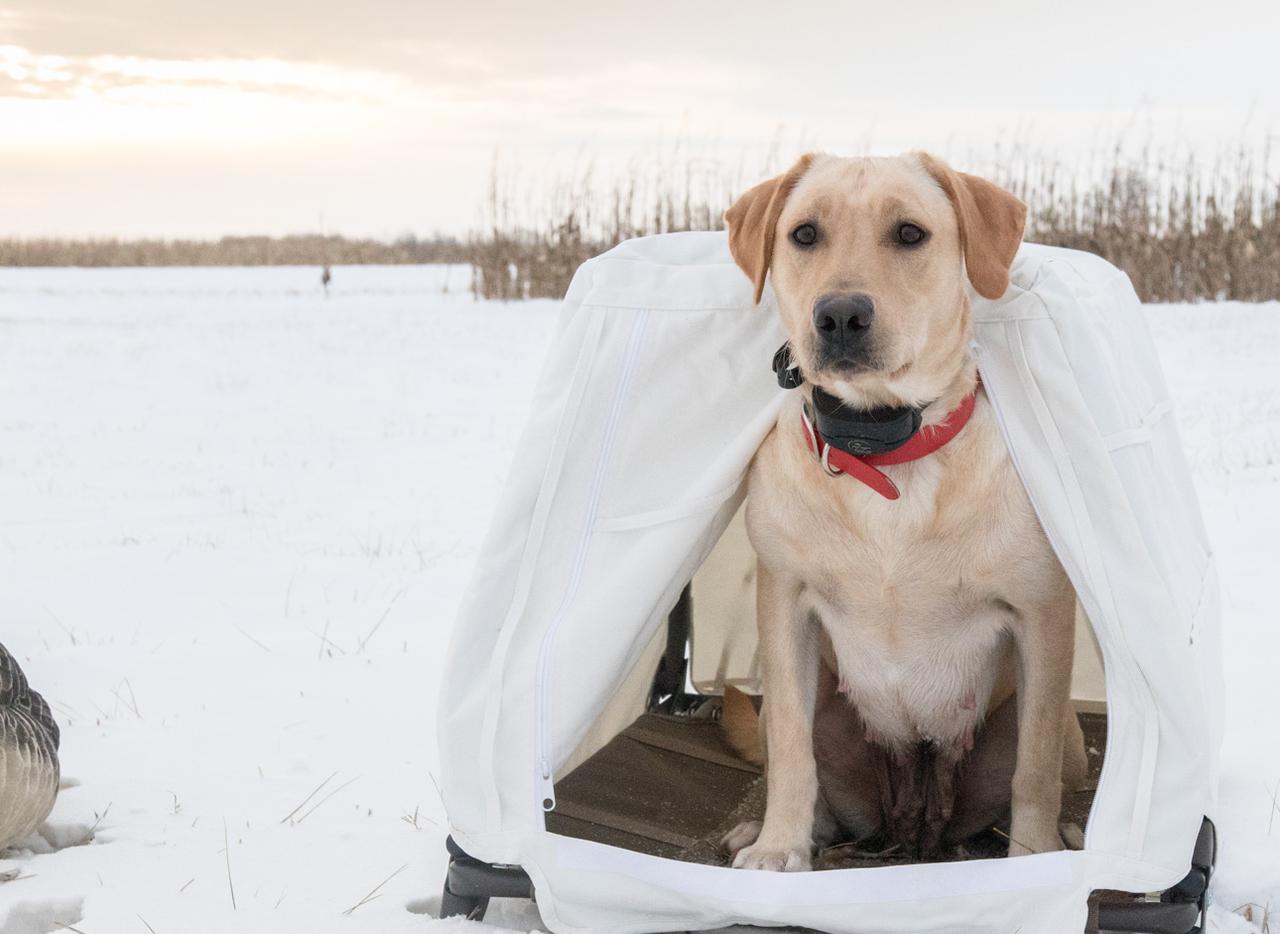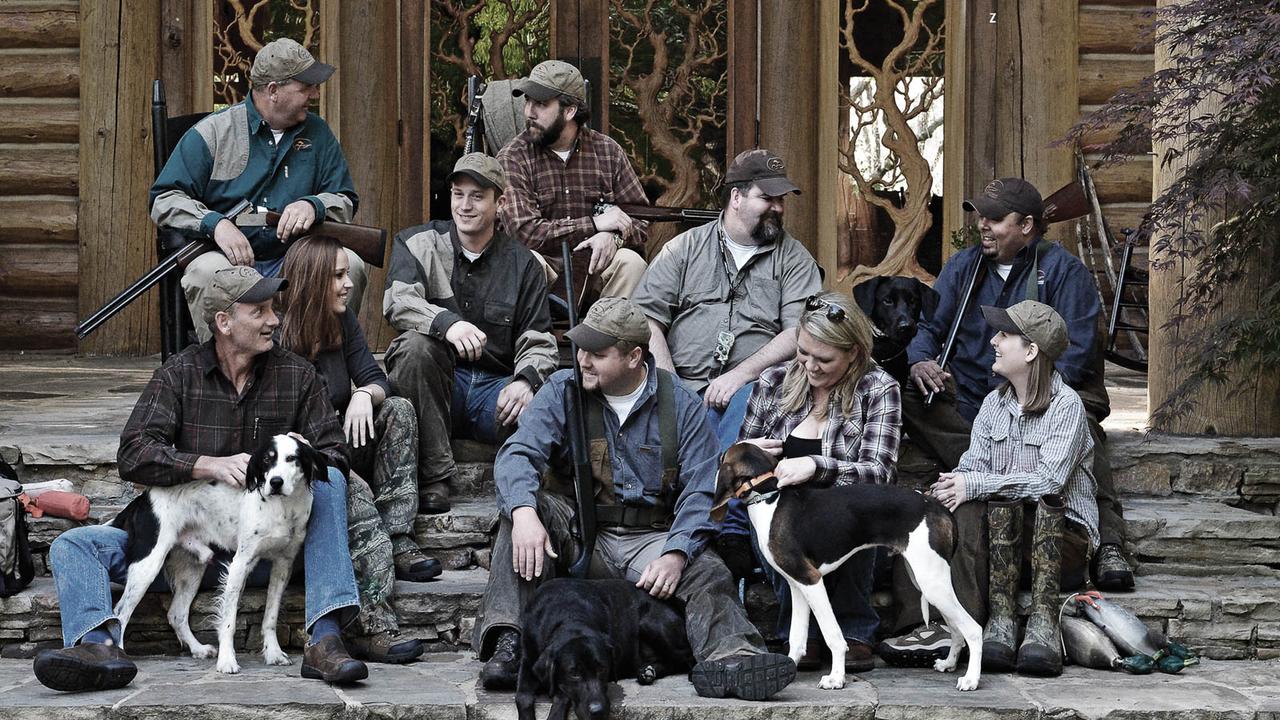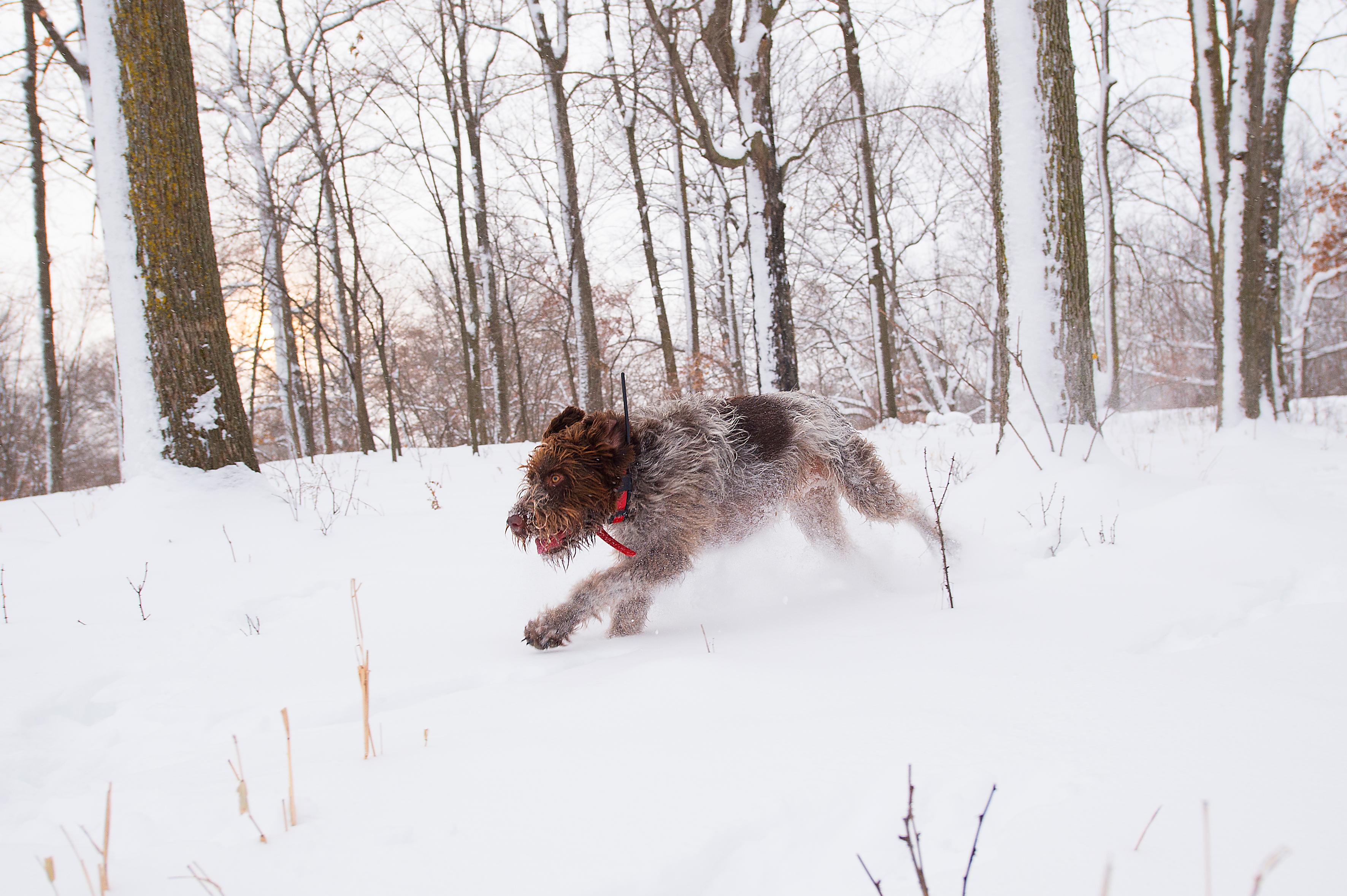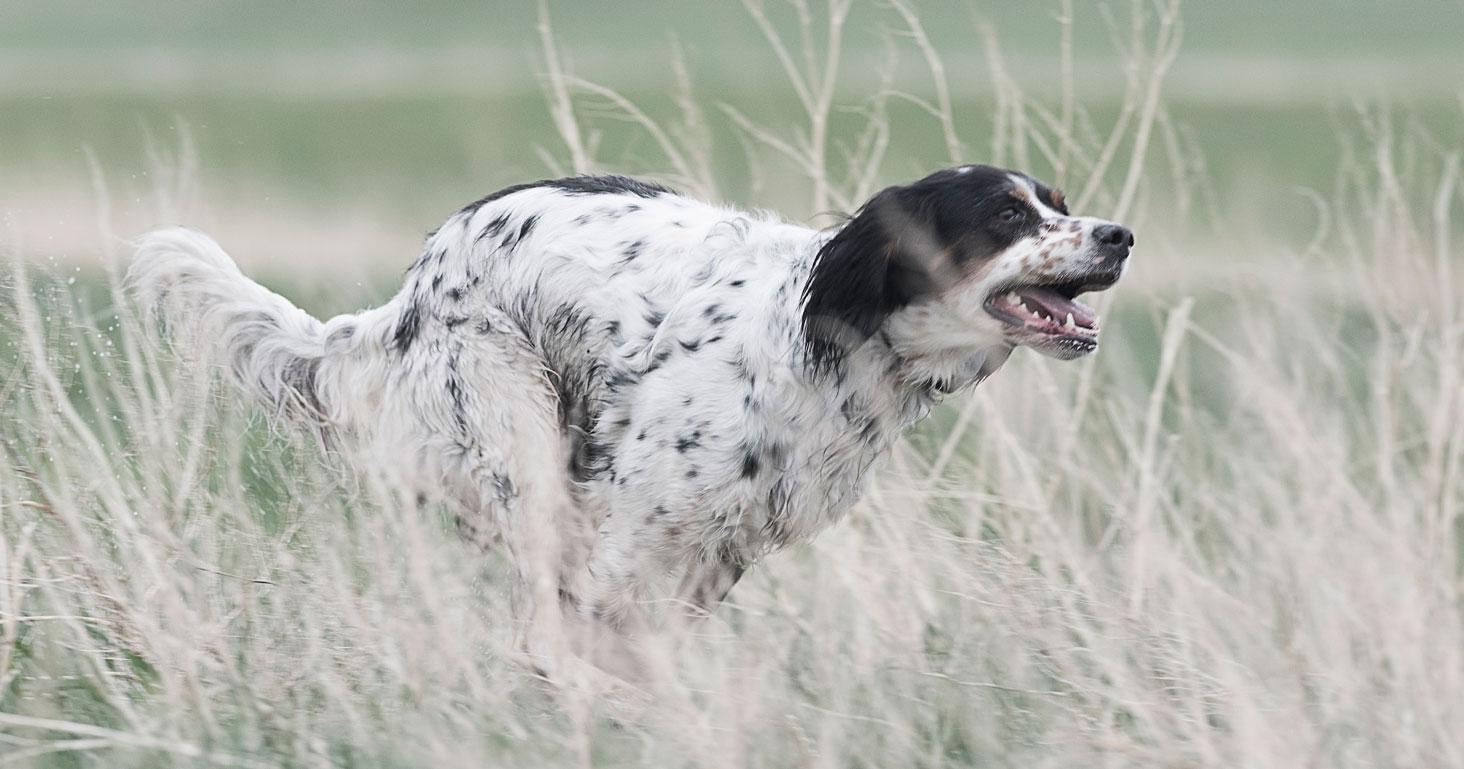
Working Your Dog in the Winter
Posted by The SportDOG StaffKeep your training sessions with your dog short and effective to avoid cabin fever while keeping your dog safe in dodgy weather. For those of you caught in the polar vortex, you know it can limit your time outside with your dog. The freezing cold temperatures can make it tempting to stay indoors, but too much time away from the great outdoors can have a negative impact on you and your dog. Cabin fever can lead to being less responsive to commands, more inappropriate behaviour and a drop in motivation. To safely and effectively maintain your training routine with your pup during the cold months, follow these quick tips:
Keep Sessions Short: It's a good idea to remember this for any training session, but it's particularly crucial during months of extreme weather. Your dog only needs 10-15 minute sessions to stay sharp on old skills or learn new ones. If you're focusing on conditioning and repetition, you can work on 4 to 5 commands each session. If you're training new behaviours, stick to 1-2 per session.
Watch the Paws: A dog's paws can be real sensitive to the weather. Make sure you check your dog's paws regularly to see they're not too cracked or injured for training. Don't leave 'em out in the snow or ice for too long as they can get frostbite or nerve damage. It's a smart idea to get a decent pair of dog boots if you can. Lastly, if you're in a spot where they might use chemicals to melt ice, give your dog's paws a wash after each walkabout. Some of that salt mix can really hurt your mate's footpads.
Groom Regularly: This is particularly crucial for dogs with long fur. In extreme weather, it's possible for icicles to form on your dog's ears, snout, fur, or beard. It's vital to get rid of these swiftly as the ice can get through the fur and harm the dog's skin.
Be On Alert for Snow Consumption: Some dogs find it very tempting to eat snow. In small amounts this is alright, but too much can put your dog at risk of hypothermia. Eating snow lowers your dog’s internal body temperature also reducing the amount of time they can spend in the cold. To help avoid this always keep fresh water on hand during training sessions. If the behaviour continues despite alternatives, you can teach your dog not to eat the snow by following our training protocol for correcting behaviours.
Use Caution: Believe it or not, there's such a thing as too cold to hunt and train. It's bloody cold, but it exists. If the temperatures in your area are even close to dangerous, give the session a miss for the day. A couple of days off here and there won't undo all of your hard yakka. A few days of cabin fever won't be fun for anyone, but it's heaps better than a trip to the emergency vet.
What other tips would you add to this list?

The SportDOG Staff
Related Articles

5 Essential Safety Tips for Walking Your Dog in Winter
by The SportDOG Staff
Keep your training sessions with your dog quick and efficient to stave off cabin fever, while keeping your dog safe in dodgy weather. For those of you caught in the polar vortex, you know it can limit your time out with your dog. The freezing cold temperatures can make it tempting...

Building a First Aid Kit
by The SportDOG Staff
My background's a bit different than many of the dog handlers on the SportDOG® ProStaff. I'm a tactical paramedic. I work with law enforcement and service dogs. In fact, I've never hunted with dogs. However, I've trained explosive-detection canines, and I specialise in cadaver dogs. Today, I teach canine...
